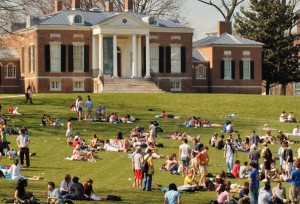
Homewood House is the iconic building right next door to the Eisenhower Library – its design and style influenced and in some way defined the architecture of the entire Homewood campus. It has stood for 211 years, with its solid brick walls unchanged.
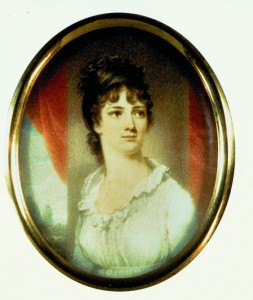
But who has occupied the house? It turns out a wide variety of people have lived and worked in the building. If walls could talk, they would begin with the original owners – Charles Carroll, Jr. and his wife Harriett Chew – who received the land and money to build the house as a wedding present. Even before moving in, the children began to arrive – seven in all (two died before their first birthdays).
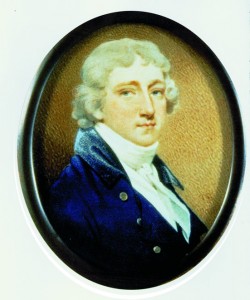
When the Carrolls moved out, and a few years after Charles’ death, the property was sold to William Wyman in 1838 who used it as his retirement home. His son rented it out as a summer house after building another house on the property. So for many years, people who wanted to escape the summer heat and smells of the city enjoyed the summer season at Homewood. In 1902 he and his cousin, William Keyser made it available for Johns Hopkins new campus.
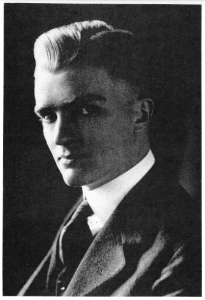
Bridging the time from 1896 to 1910, the house was home to the young boys who attended The Country School for Boys of Baltimore City (later named Gilman School.) After they left, in 1916, the Hopkins Club moved in and operated there for twelve years. Fortunately for the house, a graduate student, Robert Merrick, was allowed to rent a room for his lodgings in the 1920’s. He finished his dissertation, fell in love with the house, and in 1973 created a fund to restore Homewood as a museum.
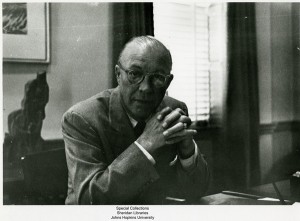
In the interim, the administrators of Johns Hopkins University occupied the home. Milton S. Eisenhower was the last university president to have his office in the historic house. In 1976 the Secretary of Interior designated Homewood a National Historic Landmark, citing that its architecture is an example of the best of the Federal style. With extensive research and Mr. Merrick’s gift, Homewood was restored to its early 1800’s appearance and opened as a museum in 1987.
